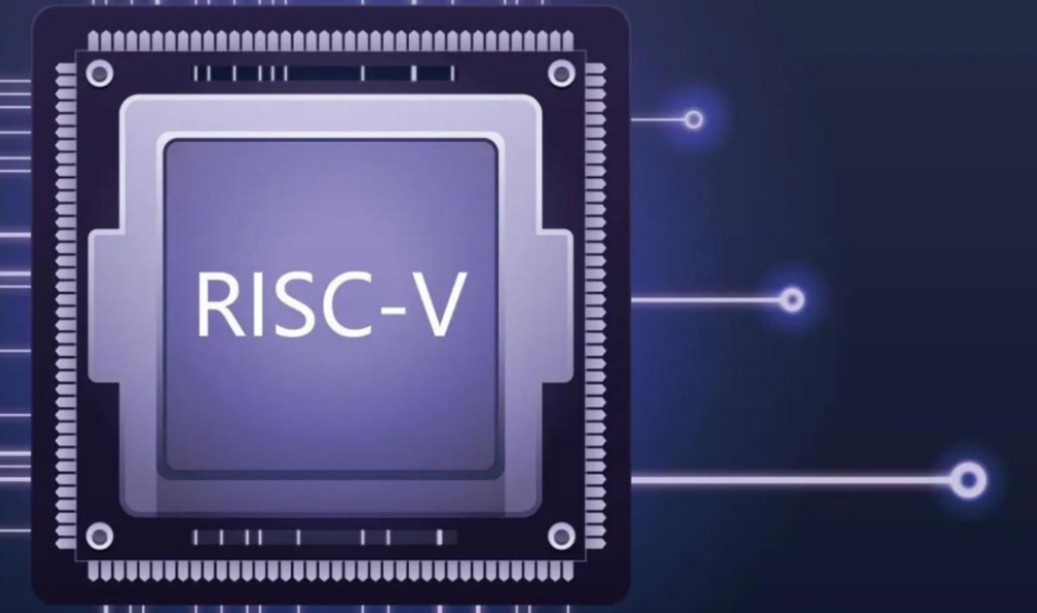In the wave of the Internet of Things (IoT), the growing demand for intelligent and interconnected devices poses new challenges to chip technology. RISC-V, an open-source instruction set architecture (ISA), is becoming a key force in driving the development of the Internet of Things due to its unique advantages. In this article, we will explore how RISC-V is leveraging its technical features to reshape chip architectures in the IoT era and look ahead to its role in the future technology landscape.
Technological innovation of RISC-V
The RISC-V architecture is designed with a deep rethinking of traditional processor architectures. It uses the principle of Reduced Instruction Set Computing (RISC) to provide a platform for developers around the world to innovate freely through open source. The core technical advantages of RISC-V include:
Open source and free: The open source feature of RISC-V breaks down the licensing barriers of traditional commercial ISAs and lowers the barrier to entry.
Modular design: RISC-V's modular instruction set design allows developers to customize the processor according to different application requirements.
Low power consumption and high performance: RISC-V provides efficient energy management for the low power consumption requirements of IoT devices.
Scalability: RISC-V reserves a large amount of opcode space to facilitate the integration and expansion of future technologies.

Figure: RISC-V: Reshaping chip architectures in the IoT era
Application of RISC-V in the field of Internet of Things
The technical characteristics of RISC-V make it a perfect fit in the IoT space. From smart home and industrial automation to environmental monitoring, RISC-V is used in a wide range of market segments:
Smart Home Devices: RISC-V's low power consumption and flexibility make it ideal for smart home control centers.
Industrial automation control: In the context of Industry 4.0, the customizability of RISC-V provides powerful control capabilities for automation equipment.
Smart wearables and environmental monitoring: RISC-V has demonstrated excellent performance and energy efficiency in smart wearable devices and environmental monitoring systems.
RISC-V market outlook and challenges
Market research predicts that RISC-V's market share in the IoT segment is expected to reach 28% by 2025. However, the development of RISC-V also faces challenges:
Software ecosystem construction: Compared with mature architectures, RISC-V's software ecosystem is still growing and needs the support of more developers and enterprises.
Advanced graphics processing: The application of RISC-V in the field of advanced graphics processing has yet to be broken through, and no GPU solution based on RISC-V has yet appeared.
With its open-source, flexible, and efficient architecture, RISC-V provides new ideas for chip design in the IoT era. With the continuous maturity of technology and the expansion of application scenarios, RISC-V is expected to play a more important role in the future IoT market. Now is a great time for developers and enterprises to embrace RISC-V and drive IoT innovation together. As the RISC-V ecosystem continues to improve, there is reason to believe that it will become one of the mainstream CPU architectures on a global scale, driving the development of the entire hardware design field.






